
In a common cathode display, all cathode pins are connected together and LEDs are controlled via an anode terminal. It means to turn ON the LED (segment), we have to apply proper voltage to the anode pin.

The following demonstration will show the working of the above configuration,




R = (VS – VLED) / ILED
Where,
R = Resistor in series with LED.
Vs = Source voltage.
VLED = LED forward voltage drop.
ILED = LED forward current.
Example
Normally voltage is 5volt and abs. max. current is about 20mA to 25mA. Let’s take current ILED = 10mA (considering safer margin) as 10mA is sufficient to glow the segment.
VS = 5V and VLED = 1.7V then the resistor value is.
R = (5 – 1.7)/ 0.010 = 300 Ohm
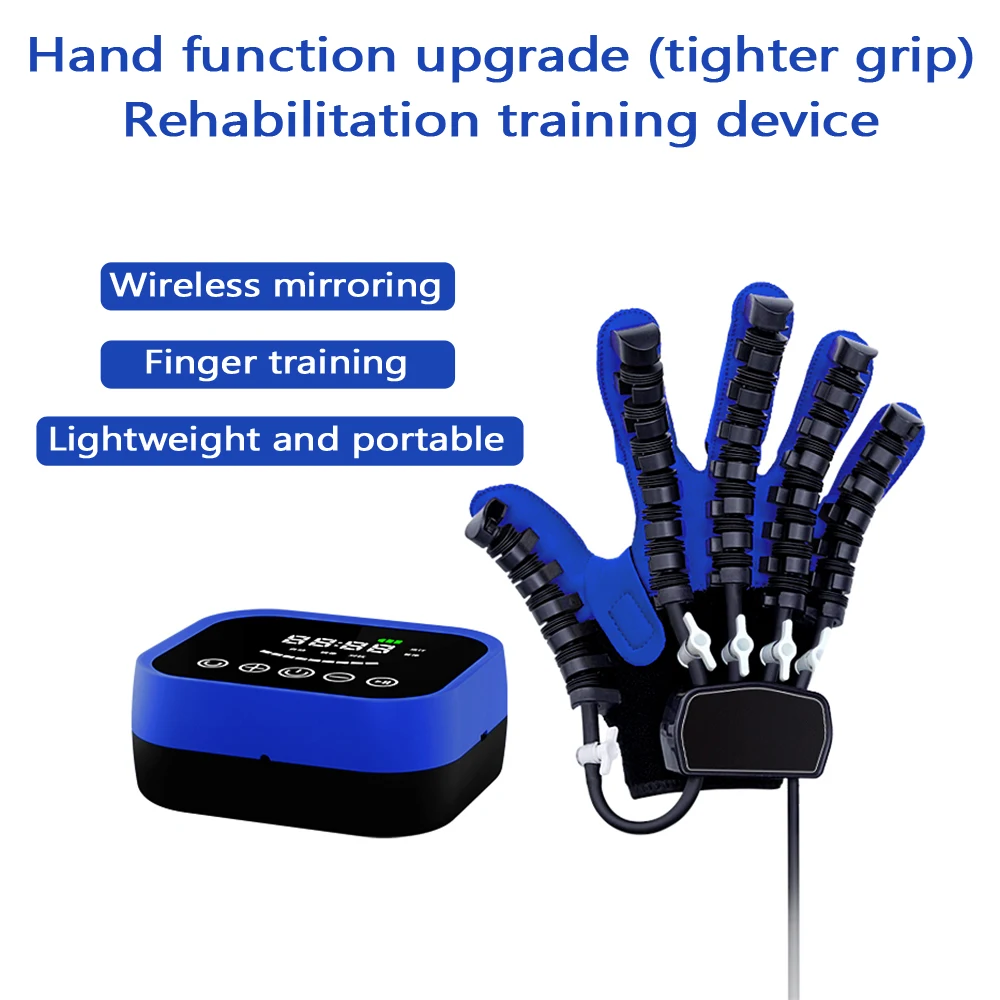


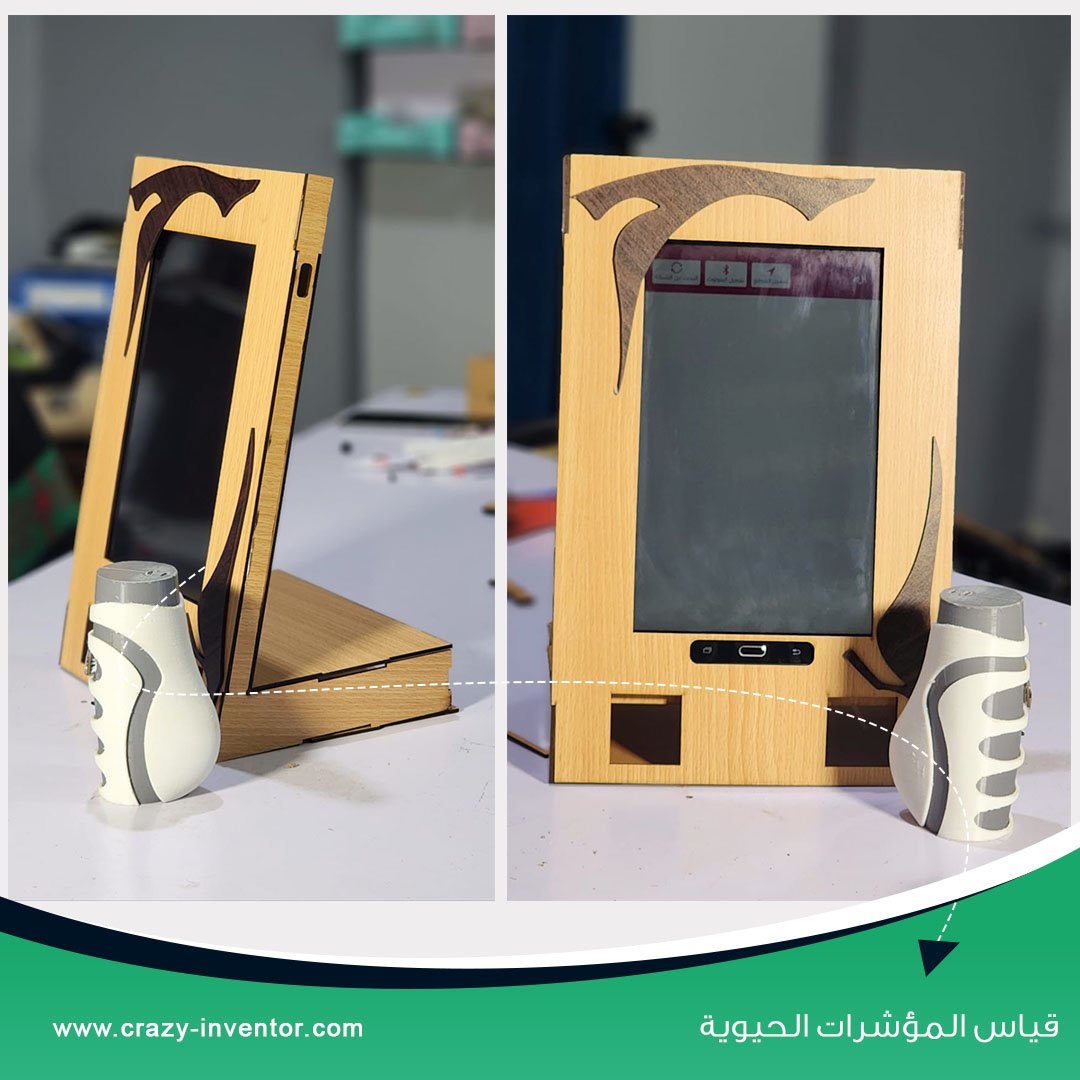
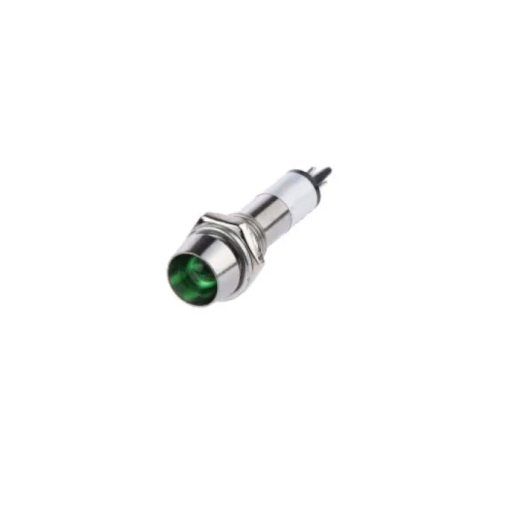
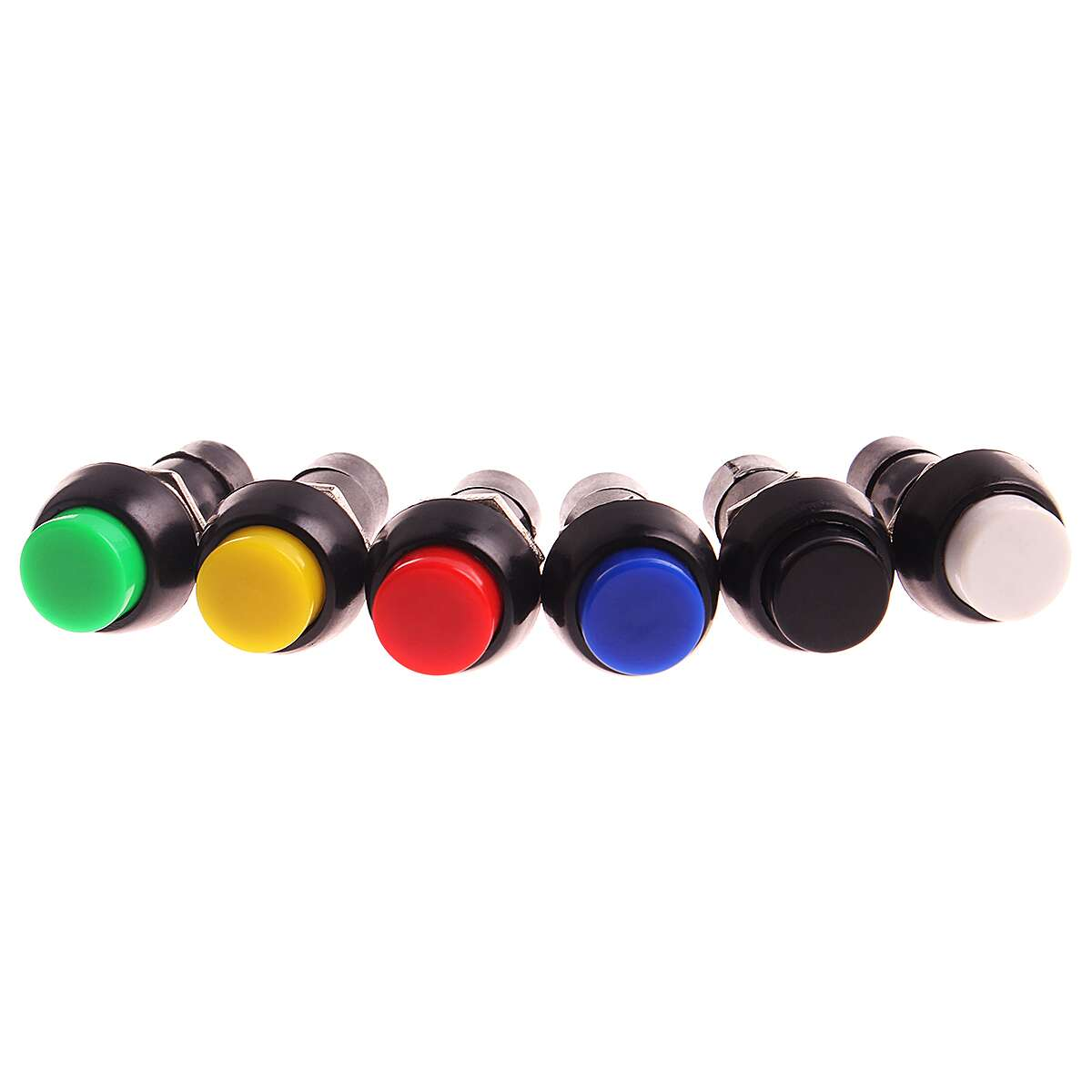
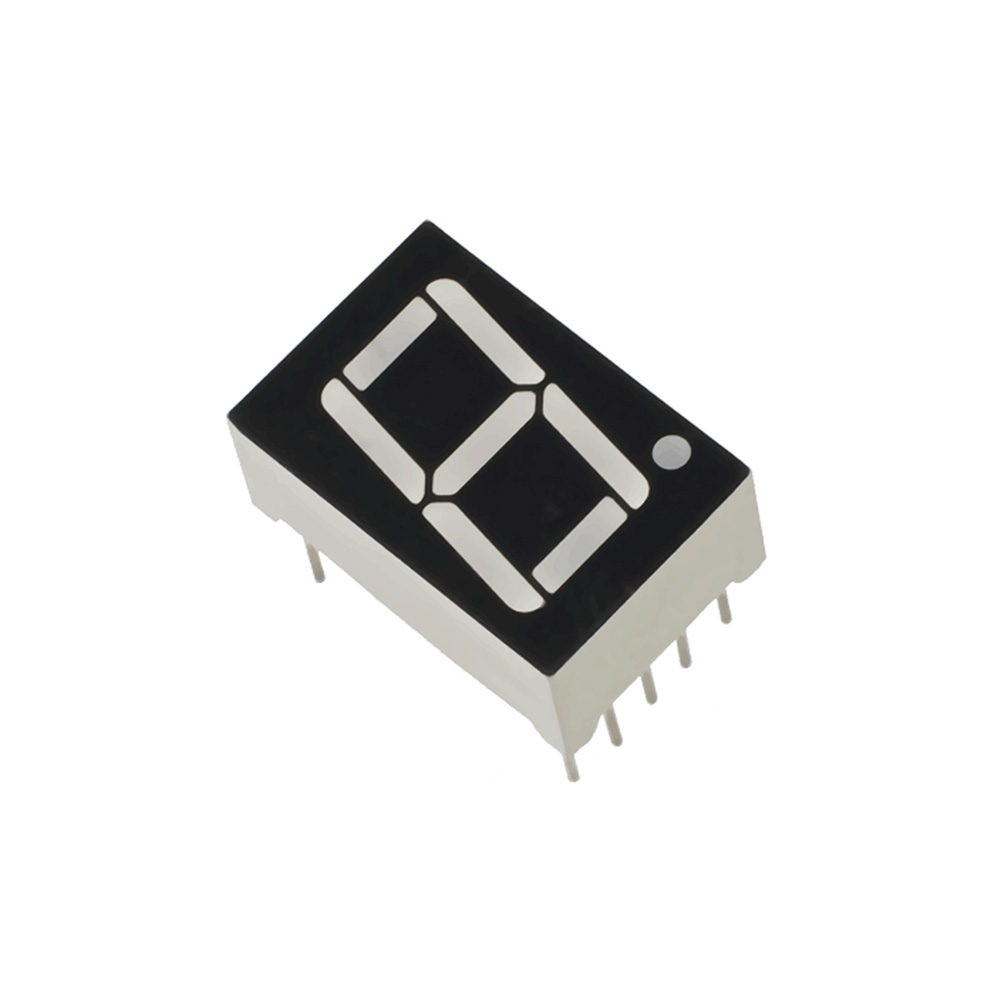
الطائــف - المملكــة العربيــة السعــوديـة
المختــرع المجنــون © جميـــع الحقــوق محفوظــة